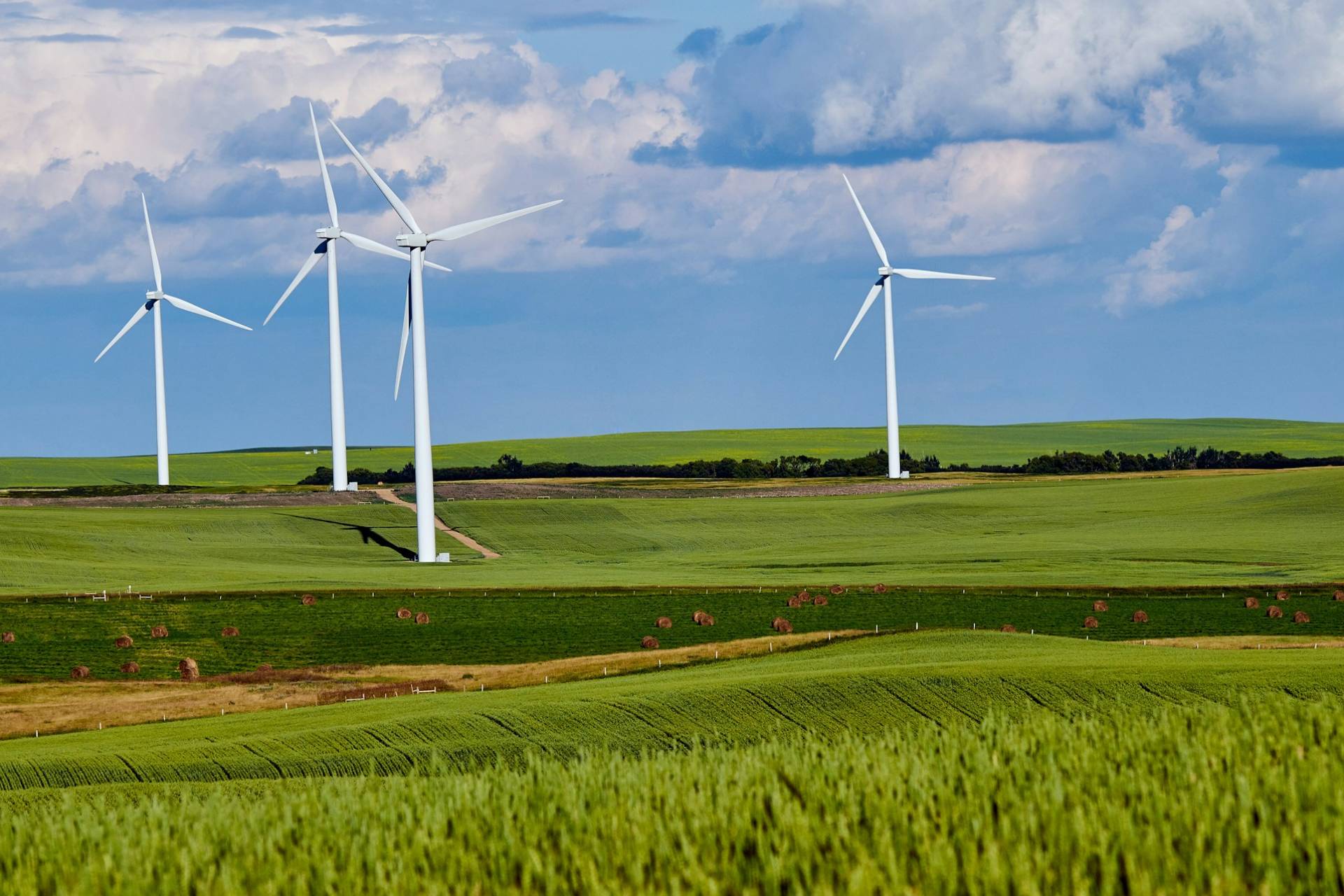In this quick guide, we’ve broken down the EII Renewables Levy Extension scheme: who it’s for, who qualifies, applications, and the future of the levy itself.
What is the EII Renewables Levy Exemption scheme?
The UK government has three main schemes for supporting the delivery of new renewables: Contracts for Difference, Renewables Obligation and Feed-In Tariffs. It pays for these schemes through levies on electricity suppliers, who then pass the costs on to customers. The problem for energy-intensive businesses is these additional costs add roughly £43 to every MWh consumed. This could potentially leave to counterproductive outcomes like UK businesses going to the wall or moving overseas. The government offers the EII Exemption Scheme to reduce this risk.
The scheme currently (November 2023) provides a discount of up to 85% of the indirect costs of the three schemes. The government announced an increase to 100% aid intensity in April 2024, which will amount to around a £5/MWh reduction from current levels.
Who benefits from the Renewables Levy Exemption scheme?
Businesses operating within energy-intensive sectors in England, Wales and Scotland can benefit from the EII exemption scheme if they meet all the criteria. The EII exemption scheme does not operate in Northern Ireland.
Does my business qualify for the Renewables Levy Exemption scheme?
Businesses must meet a number of tests to qualify for the EII exemption scheme.
- The Sector Level Test. This means your business must carry out one of the activities the government deems to be eligible. These all have an electricity intensity of at least 7% and are subject to international competitive pressures. The full list of eligible activities is listed in Annexe 1 of the official guidance.
- The Business Level Test. The business must demonstrate that its own electricity intensity is 20% or over – that is, its electricity costs amount to 20% or more of its Gross Value Added (earnings before taxes, interest, depreciation and amortisation) over a specified reference period.
- The business must have at least two quarters of financial data.
- The application for EII exemption must include evidence of the proportion of electricity needed to manufacture the product for at least three months.
How do I apply for the Renewables Levy Exemption Scheme?
Download and fill in the forms on the government website. (Read the full official guidance first.) If your application is successful, you will be issued with a certificate confirming your exemption. Then you should pass this certificate on to your electricity supplier so that they can pass on the exemptions in future bills.
What if my business carries out a mix of activities?
You will be eligible for the EII exemption scheme, but only in proportion to how much of your activity is eligible under the government rules. You will ideally need to calculate exactly how much electricity your business consumes in relation to eligible products and/or processes and show evidence of this in the form of records from your meter.
If that isn’t possible, you could alternatively calculate the proportion of your activity that relates to the eligible product and then base the proportion of electricity usage on that. For example, if your output is 60% non-woven fabric (not apparel) and 40% apparel, you could estimate that 60% of your electricity use is eligible for the exemption.
What if the business dramatically reduces its electricity consumption because of exceptional circumstances?
The rules recognise that unusual circumstances, such as a flood or fire, may drastically reduce the electricity consumption of a business to below a point where it passes the Business Level Test. If these circumstances were beyond the company’s control and not foreseeable or avoidable, you may still be able to get an EII certificate. You will need to supply evidence of whatever impacted your business (the so-called force majeure).
If COVID had a negative impact on your business’s energy usage, you are allowed to exclude the financial years for 2020 and/or 2021 from the data you supply in support of your application.













